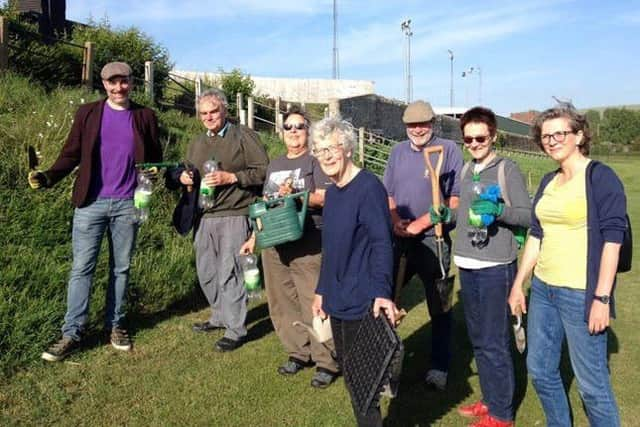Lewes ‘cuts down’ verge maintenance to promote biodiversity


At a Lewes Town Council meeting support was given to an initiative from Wildflower Lewes to have fewer grass cuts on verges in order to promote a ‘pollinator pathway’.
It is hoped that this will increase biodiversity in the area by maintaining areas of wildflower habitat.
Advertisement
Hide AdAdvertisement
Hide AdThe motion was put forward by Green Party town councillor Rob Handy, who said: “It’s incredibly important that the Town Council acknowledges the fantastic work that is being done by Wildflower Lewes.
“Across the UK, there are more than 700 species of flower living in our roadside verges; this accounts for 45 per cent of our flora. One of these species, Bird’s-foot trefoil, is responsible for providing food for over 130 different invertebrate species.”
A ‘Biodiversity in Lewes’ education day was also included in the motion which will see A-level students learn about local action to improve biodiversity, identifying wildflowers, and assessing biodiversity at wildflower verges.
Cllr Handy said the education day is ‘important’ in helping communities ‘understand the importance of increasing biodiversity’ and hopes these sessions will ‘engage younger people’ in the Lewes area.
Advertisement
Hide AdAdvertisement
Hide AdIt is hoped that the Biodiversity Sessions will ‘teach students more about community action’ and how they can be involved.
Wildflower Lewes, a community group established in 2016 with the aim of protecting wildflowers and the species that depend on them, said that it wishes to maintain wildflower verges but also acknowledges the importance of highway safety. It says it accepts that verge edges and corners must be mown more than once a year for this reason.
Jo Carter, chairperson of Wildflower Lewes, says that a flowering plant, yellow rattle, will be planted to suppress grass growth and make the grass verges look more attractive.
“We appreciate that some people have concerns about long grass looking unsightly, but we are planting Yellow Rattle where appropriate at the identified sites once they have been monitored after the first year” she said.
Advertisement
Hide AdAdvertisement
Hide Ad“Yellow rattle is an attractive, semi-parasitic, grassland annual that weakens grasses and as a result, this suppression of grass growth produces a better display of wildflowers and eases the mowing required.”